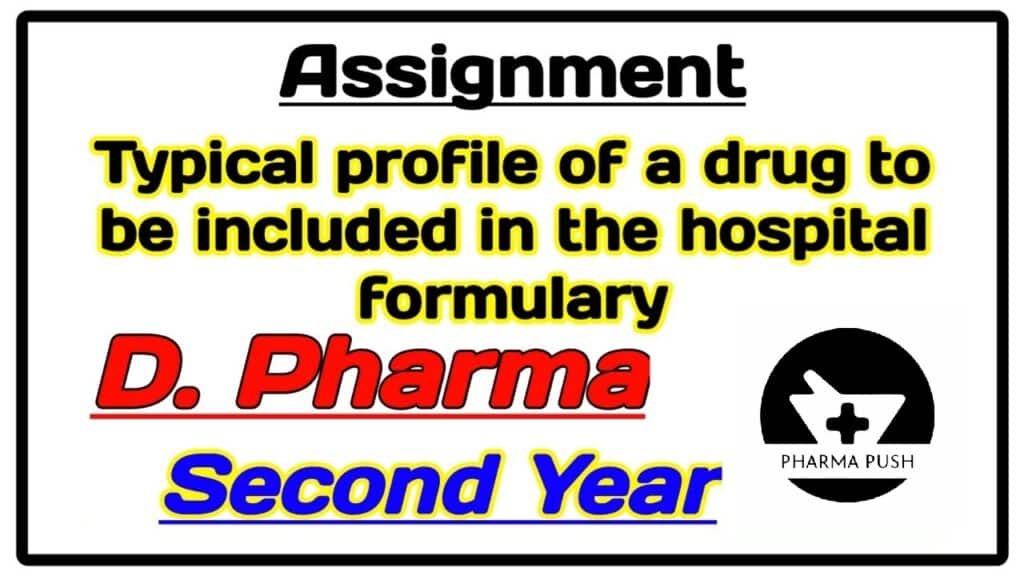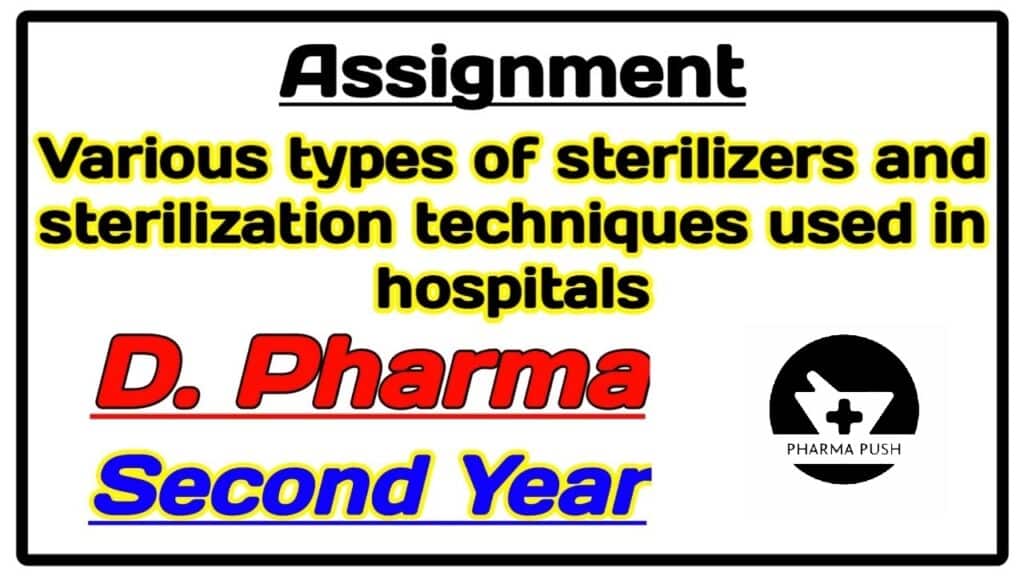WHAT IS A DRUG INFORMATION CENTRE?
Drug Information Centre are defined as operational units that provide up‑to‑date scientific and technical information on medicines in an objective and timely manner. They represent an optimal strategy to address specific needs for information sought by health‑care professionals. Ideally, DICs have adequate sources and specifically qualified professionals, who provide independent and appropriate information to the queries. The users can contact the center by telephone, personally, fax, or e‑mail and their queries are answered in verbal or structured written format.
DIC services are rendered both in proactive and reactive approaches. The reactive approach is commonly followed in hospital based DICs which serve health‑care providers (doctors) by answering time‑critical questions on the safe and effective use of therapeutic and diagnostic pharmaceuticals. The sample case record form for recording the communication is presented here as a supplementary file at the end of the article. Proactively, some DICs also publish and circulate regular updates on various topics such as dosing guidance in organ impairment, interpretation of therapeutic drug monitoring (TDM) levels, possible drug–drug or drug– disease interactions, safety profile including the Food and Drug Administration (FDA) alert, adverse event linked to a drug, efficacy comparison, recent updates in treatment guidelines, new drug approvals and local availability, drug use in any special situation, important study findings in reputed journals, guidance on procuring already approved drug in other countries, and many more types of questions from available literature sources.
ORGANIZATIONAL STRUCTURE, RESOURCES, AND FUNCTIONING OF DRUG INFORMATION CENTER
The organizational structure of DIC can vary considerably. A survey of DICs of 18 European countries had reported that they are mainly affiliated to hospitals (68%), but rather uncommonly with state departments (15%), other health‑care organizations outside the hospital (12%), and faculty of pharmacy (6%). Similar findings were also reported in an American survey carried out on 151 DICs. Within medical institutions or universities, DICs are usually affiliated with the Department of Pharmacology/Clinical Pharmacology or Clinical Pharmacy.
The location of the DIC within the hospital has the advantage of being close to the different specialized departments, patient care areas, the hospital library, and the hospital pharmacy. Such a close proximity to different departments and service areas enable easier contacting.[16] They are usually staffed by clinical pharmacologists and pharmacists who review the queries of the clinicians, search the literature, and provide the information sought, in structured, evidence‑based manner.[17] In certain centers, the DIC is manned by faculty members and postgraduate students of pharmacy practice.[18] In some places, DICs also provide poisoning‑related information and primarily act as poison information centers.[19] The availability of qualified individuals to run the DIC is of paramount importance as they act as the first interface with the health‑care professional. Proper communication skills, literature search and appraisal skills, and knowledge about the efficacy and safety of drugs are very important in order to provide quality services to those who contact the DIC.[20]
Drug and Poison information Centres
The Poisons Information Centre (PIC) is a specialized unit providing information on prevention, early diagnosis and treatment of poisoning and hazard management. Most of the developed and many developing countries have well established poison control centres with poisons information service, patient management facility and analytical laboratory. Poison information service also deals with the risk assessment, diagnosis, management and prevention of exposure to any poison, in patients of any age irrespective of type (intentional or accidental) and route of exposure. The primary aim of PIC is to reduce the morbidity and mortality due to poisoning and improve the patient’s quality of life. In India, the National Poisons Information Centre (NPIC) was established in February, 1995 in the Department of Pharmacology at the All India Institute of Medical Sciences, New Delhi.
The centre gives toxicological information and advice on the management of poisoned patients adapted to the level of the enquirer. The basis of this service is the databases on poisoning, drug reactions and also the continuous and systematic collection of data from the library.
NATURE OF INFORMATION SOUGHT FROM DRUG INFORMATION CENTER
There are many reports on the quantum and nature of inquiries received by the DIC around the world. A study from a regional DIC in Germany reported that questions concerning therapeutic use (34%), adverse drug reactions (28%), pregnancy/lactation (16%), and pharmacokinetics/dosage (15%) were asked most frequently. The major users of the DIC were internists (19%), general practitioners (19%), pediatricians (18%), and gynecologists (11%).[23] A similar pattern had been observed in a study in Slovak Republic, where questions concerning pregnancy/lactation (25%), adverse drug reactions (16%), basic information regarding drugs (14%), and interactions (13%) were frequently asked. A study in a DIC in South India reported that questions most commonly asked were regarding dosage and administration (27%), adverse reactions (24%), and drug therapy (15%).
You May Like: Brief layout and various services of the Central Sterile Supplies Department (CSSD)
You May Like: Typical profile of a drug to be included in the hospital formulary
Queries were also asked on many occasions for other purposes such as availability/cost, drug interactions, pharmacokinetics, pharmacodynamics, pregnancy and lactation, indication, content, contraindication, generics, drug profile, and poisoning. Similar trends have also been reported in various analyses conducted in Nepal, Iran, Italy, Israel, Mexico, and Finland. The nature of queries to community‑based DICs differs slightly from the hospital‑based ones. A study in Finland analyzed and described the utilization of a community pharmacy‑operated national drug information call center. Data were recorded for 2196 calls, 56% of which were drug related. The majority (83%) of these calls were therapeutic or pharmaceutical inquiries, with 26% concerning costs and reimbursements, 14% interactions, 14% dosages, and 11% related to adverse effects.
A recently published study on a Brazilian community‑based DIC managed by the Federal Council of Pharmacy reported that mostly information on drug administration, indications, drug interactions, and legislations was sought from the DIC by pharmacists and pharmacy students. The DIC in Dresden, Germany, that caters exclusively for patients has been frequently contacted for information pertaining to adverse drug reactions (22.1%), general information about prescribed drugs (19.9%), information about therapy (12.4%), and drug interactions (10.2%).
CHALLENGES IN ESTABLISHING A DRUG INFORMATION CENTER IN INDIA
Although establishment of DICs offers benefits in terms of addressing the awareness gaps of health‑care professionals and improved patient care, there are many challenges that have to be encountered while setting up these centers.
Funds and resources
In resource‑limited developing countries, the major hurdle in establishing a DIC comes in the form of constraint of funds. Establishing and running DIC services successfully requires a good supply of recurring and non-recurring budgets, as mentioned in Table 1.

Since DICs in hospital settings are affiliated to clinical pharmacology/pharmacy departments, the expenses are usually borne out of the departmental budget. Since departmental budgets in such disciplines are already low in India, the expenses may act as a deterrent to the establishment of a stand‑alone DIC.
Therefore, in addition to drug information, the DIC could also provide other value‑added services such as poison information, adverse drug reaction monitoring, and training of postgraduate students of concerned and allied disciplines to justify its budgetary requirements. For example, the National Poisons Information Centre at AIIMS, New Delhi, established in 1995 in the Department of Pharmacology under the INTOX project of the International Programme on Chemical Safety/WHO provides round‑the‑clock information on poisoning, drug reactions, and analytical services on an emergency basis to help in diagnosis and management. It also provides training to residents posted in the center.
Human resource
Providing quality drug‑related information requires employment of trained and experienced individuals in the DIC. However, there is a dearth of such individuals within academic hospitals. Annually, only 15–16 students get trained in the D.M. Clinical Pharmacology course and approximately 550 students get trained in M.D. Pharmacology. This is compounded by the fact that the same faculty has to teach dental, nursing, and other paramedical courses, leaving little time to serve in the DIC. To counter this lack of human resource, it has been suggested that there could be dual appointments of teachers from clinical specialities, public health departments, or industry in clinical pharmacology in academic institutions and increase in the number of students enrolled per teacher and in the number of departments of clinical pharmacology.
EVALUATION OF PERFORMANCE OF DRUG INFORMATION CENTER
Evaluation of drug information services has been widely performed through the assessment of the processes against predetermined standard criteria, the assessment of user satisfaction, or the evaluation of clinical and economic outcomes. However, the survey of DICs carried out in the USA reported that only half of the DICs surveyed had a formal quality assurance program. The national German drug information service conducted a user’s satisfaction study and concluded that there was high satisfaction among users, based on quality, understandability, timeliness, and helpfulness regarding counseling. Response time to queries is a major determinant of user satisfaction.
In Israel, Lustig reported that the mean response time varied according to the type of query; 1 min was the lowest response time for queries regarding the availability of products and 13.5 min was the highest response time for answers to questions on drug indications and interactions. In South India, George and Rao categorized the time needed to reply into three categories: immediately, within 2–4 h, and within a day or 2 days.

A modeling study predicted that the most important workload factor predicting the time spent in handling the queries was the type of literature search that had to be performed. The categorization of queries, as judgmental or not, also affected the time spent answering the queries. However, the number of drugs involved did not seem to significantly influence the time spent in answering drug information queries.
Advantages of Poison Information resources
- Reduction in overall cost of operation
- Combined programs share personal, information resources, space and utility charges
- Improved access to information services
- Poisoning can be controlled at speed
- It helps in providing round the clock services
- Speedy access to literature search and evaluation skills
Disadvantage Poison Information resources
The prime disadvantage is a single staff is involved that can place pressure on the poison information provider.
FULL PDF >>>>>>>>>>>>>>>>>>>>>>>>>>>>>>>>>>>>>>>>>>> CLICK HERE
REFERENCES
- Diaz JA, Griffith RA, Ng JJ, Reinert SE, Friedmann PD, Moulton AW, et al. Patients’ use of the internet for medical information. J Gen Intern Med 2002;17:180‑5.
- Ioannidis JP. Why most clinical research is not useful. PLoS Med 2016;13:e1002049.
- Nikalje AP. Nanotechnology and its applications in medicine. Med Chem 2015;5:81‑9.
- Alper BS, Hand JA, Elliott SG, Kinkade S, Hauan MJ, Onion DK, et al. How much effort is needed to keep up with the literature relevant for primary care? J Med Libr Assoc 2004;92:429‑37.
- Pradhan SC. The performance of drug information center at the university of Kansas medical center Kansas city, USA‑experiences and evaluation. Indian J Pharmacol 2002;34:123‑9.
- Drug Information Association; 2017. Available from: http://www.diaglobal.org/en/about‑us. [Last accessed on 2017 Mar 03].
- Walton CA. Education and training of the drug information specialist Ann Pharmacother 2006;40:311‑5.
- The Rational Use of Drugs: Report of the Conference of Experts, Nairobi, 1985. World Health Organisation; 2017. Available from: http://www.apps.who.int/medicinedocs/documents/s17054e/s17054e.pdf. [Last accessed on 2017 Mar 03].
- Chauhan N, Moin S, Pandey A, Mittal A, Bajaj U. Indian aspects of drug information resources and impact of drug information centre on community. J Adv Pharm Technol Res 2013;4:84‑93.
- Escalante‑Saavedra PA, Marques‑Batista G, Maniero HK, Bedatt‑Silva R, Calvo‑Barbado DM. Brazilian drug information centre: Descriptive study on the quality of information 2010‑2015. Farm Hosp 2017;41:334‑45.
- Fathelrahman AI, Awang R, Bashir AA, Taha IA, Ibrahim HM. User satisfaction with services provided by a drug information center in Sudan. Pharm World Sci 2008;30:759‑63.
- Guidance Document on Common Submission Format for Import and Registration of Bulk Drugs and Finished Formulations in India. CDSCO; 2017. Available from: http://www.cdsco.nic.in/writereaddata/Guidance%20documents.pdf. [Last accessed on 2017 Mar 03].


